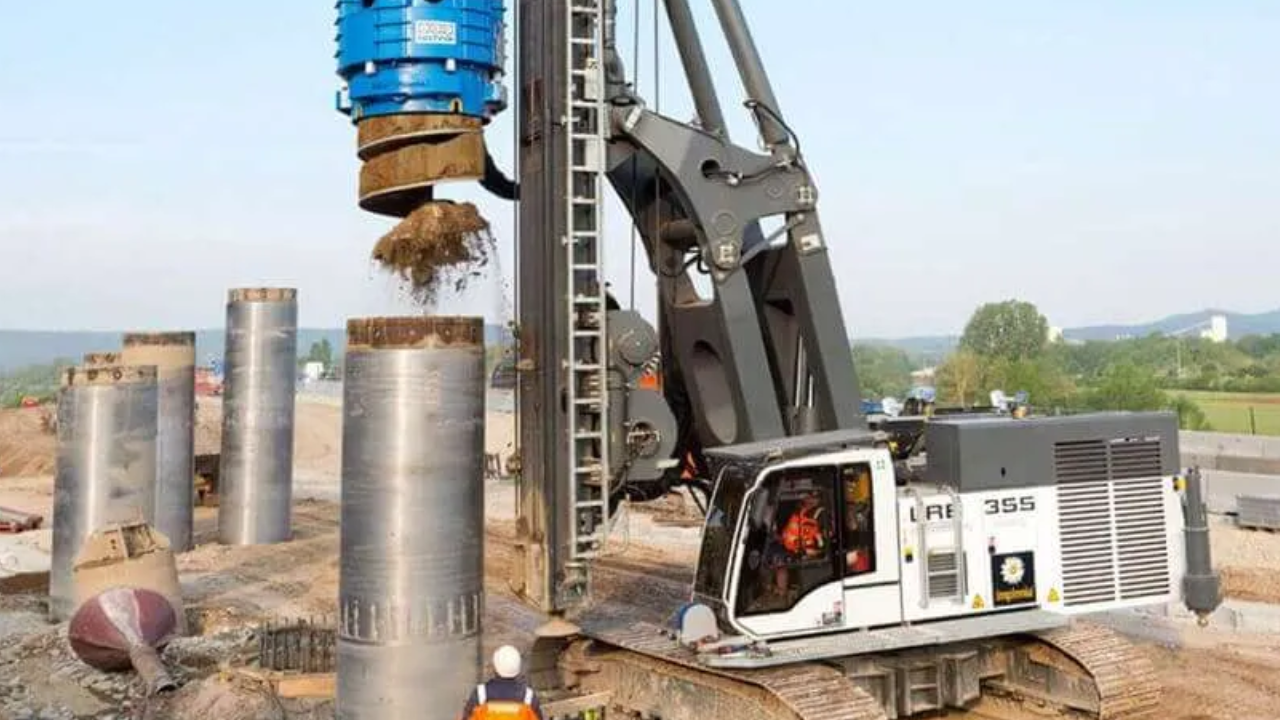When selecting materials for building projects, security is vital. Carbon steel and stainless steel, while both flexible, show distinct security considerations. Carbon steel, prized for its quality, requires constant erosion management to prevent structural integrity compromises due to rust. In differentiation, stainless steel's chromium substance forms a defensive oxide layer, offering predominant erosion resistance and strength, making it more secure in destructive situations.
Mechanical properties contrast as well; carbon steel's quality and potential brittleness at low temperatures must be overseen, while stainless steel keeps up quality over shifted conditions. Understanding these contrasts guarantees informed material choices that improve security and reliability in designing applications, shielding against basic failures and guaranteeing ideal performance over time.
Security Considerations Between Carbon Steel and Stainless Steel
When selecting materials for different engineering ventures, security is a vital concern. stainless steel vs carbon steel are two broadly utilized materials, each with its possess set of properties and related security considerations. Understanding these contrasts is significant for guaranteeing the safe and effective utilization of these materials in totally different applications. This article explores the key security contemplations when utilizing carbon steel versus stainless steel.
Erosion Resistance and Safety
One of the essential security concerns with carbon steel is its susceptibility to erosion. When carbon steel corrodes, it can lead to the formation of rust, which weakens the material and can result in basic failures. In applications where the pipes or structures are exposed to dampness, chemicals, or salt, the risk of erosion is increased.
This makes stainless steel a more secure alternative for situations where introduction to destructive components may be a concern. The decreased chance of corrosion-related disappointments upgrades the security and reliability of systems utilizing stainless steel, especially in basic applications such as chemical preparation, pharmaceuticals, and nourishment and refreshment businesses.
Mechanical Properties and Security
Carbon steel is known for its high quality and sturdiness, making it reasonable for high-stress applications. However, its quality can be compromised over time due to erosion and wear. Stainless steel maintains its mechanical properties over a wide run of temperatures, giving reliable execution in both high and low-temperature situations. Its high tensile quality and ductility make it safe to affect and push, decreasing the chance of sudden failures. This makes stainless steel a more secure choice for applications including extraordinary temperatures or energetic loads.
Chemical Resistance and Security
In situations where carbon steel is exposed to forceful chemicals, its keenness can be compromised, leading to security dangers. Chemical responses can quicken erosion, debilitate the material, and create perilous circumstances, particularly in businesses taking care of destructive substances. Stainless steel's resistance to a wide run of chemicals makes it a more secure material for handling dangerous substances. This property is especially critical in businesses such as pharmaceuticals, petrochemicals, and nourishment handling, where material security and virtue are basic.
Natural Affect on Security
Natural conditions such as humidity, temperature fluctuations, and exposure to toxins can altogether affect the security of carbon steel. In open-air or marine situations, the chance of erosion increments, requiring rigid defensive measures. Stainless steel's versatility in natural conditions makes it a more secure material for utilization in unforgiving situations. Its resistance to erosion, temperature extremes, and toxins guarantees that it maintains its basic judgment and execution over time. This unwavering quality decreases security dangers in applications exposed to challenging natural conditions.
Application-Specific Security
Carbon steel is commonly utilized in auxiliary and mechanical applications, water and gas movement, and common plumbing. Guaranteeing proper planning, installation, and maintenance practices are taken after is fundamental for keeping up security. Stainless steel is favored for applications requiring high erosion resistance, solidness, and cleanliness. Its utilization in basic businesses such as healthcare, nourishment handling, and chemical manufacturing underscores its security preferences.
Conclusion
Choosing between carbon steel and stainless steel includes cautious thought of different security variables, counting erosion resistance, mechanical properties, chemical resistance, fire resistance, support needs, and natural effects. Carbon steel offers high quality and toughness but requires constant support to prevent corrosion-related security dangers. Stainless steel, with its predominant erosion resistance and steady mechanical properties, gives upgraded security and reliability, especially in cruel and demanding situations.


